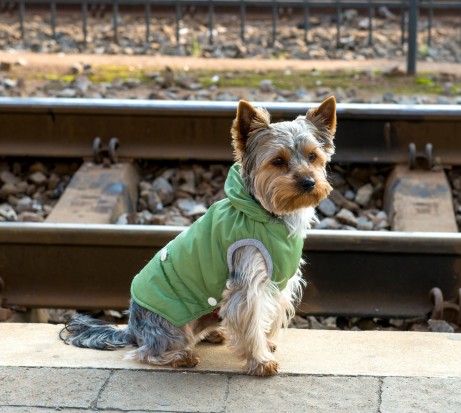
Lunging can often seem like a chore and yet it should be looked upon as an opportunity to improve your horse's athleticism and way of going. Although we usually associate it with the long winter nights, it is just as useful in the summer, and could be incorporated into your horse's routine to keep it varied. Horse equipment has advanced greatly in recent years, with many new training aids available to help you improve your horse with as much ease as possible.
Training aids which go around the horse's hindquarters (of which there are several variations) can be useful to encourage a horse to step under, and use his hind legs more efficiently. These are often more suggestive training aids, rather than the more traditional ones, which often put a horse into position rather than encouraging him to find it for himself. Horse equipment which focuses on the propulsion of the hindquarters can often result in the horse working and stretching more over the back and neck, which is desirable whatever discipline you take part in. It follows the classical principle of motivating the "engine" of the horse first, in order to help him maintain self-carriage.
Side reins are a typical lunging training aid, used by many people, and can be effective at encouraging the horse to stretch down through the head and neck. They can be useful for a resistant and tense horse, but it is usually recommended that this type of horse equipment is minimally elastic, in order that the horse learns that relaxation and forwardness is correct. If the side reins are too giving, they mimic the human hand, and allow even during periods of resistance, which may cause confusion to the horse.
Traditional training aids such as the De-Gogue and Chambon are also aimed at encouraging a low and relaxed head carriage; however they are best used by experienced trainers, or under supervision from one, as they may panic an inexperienced horse. Again, they work on the principle that release of resistance by the horse means release of resistance from the training aid, allowing him to find the ideal head carriage. For training aids which work mainly on the poll and head area, it is important that the handler keeps the horse working through from behind, as it is easy to teach the horse to hold its head in a pleasing position, without working properly through its body.
Although the above is by no means a comprehensive guide to the wide array of horse equipment and training aids available, it details the most common ones used. Most unusual training aids will work on similar principles, although on obtaining any new piece of equipment, it is important to determine the exact action that it will have so that you know what you are subjecting your horse to. It is also crucial to get a second opinion from an experienced trainer or yard manager, and ensure that your horse is introduced to it gradually to avoid the risk of startling him, and hurting himself.
Of course, these pieces of equipment are no substitute for correct ridden work. However, finding out as much as you can about your chosen lunging training aid and using it appropriately should make your lunging more interesting, and give both you and your horse a long term goal to focus on.
The Equine Store stocks many quality items for horse and rider, everything from leather boots to lunge equipment. Visit the shop at http://www.equine-store.com-store.com
 Does Your Dog Have A Runny Nose? How To Tell If This Is A Problem
Does Your Dog Hav
Does Your Dog Have A Runny Nose? How To Tell If This Is A Problem
Does Your Dog Hav
 Train Travel And Dogs
Train Travel And
Train Travel And Dogs
Train Travel And
 Can You Keep An Octopus As A Pet?
Can You Keep An O
Can You Keep An Octopus As A Pet?
Can You Keep An O
 The Link Between Heatstroke And Seizures In Chinchillas
The Link Between
The Link Between Heatstroke And Seizures In Chinchillas
The Link Between
 When Cats Are Sick Why Do They Hide Away?
When Cats Are Sic
When Cats Are Sick Why Do They Hide Away?
When Cats Are Sic
Copyright © 2005-2016 Pet Information All Rights Reserved
Contact us: www162date@outlook.com